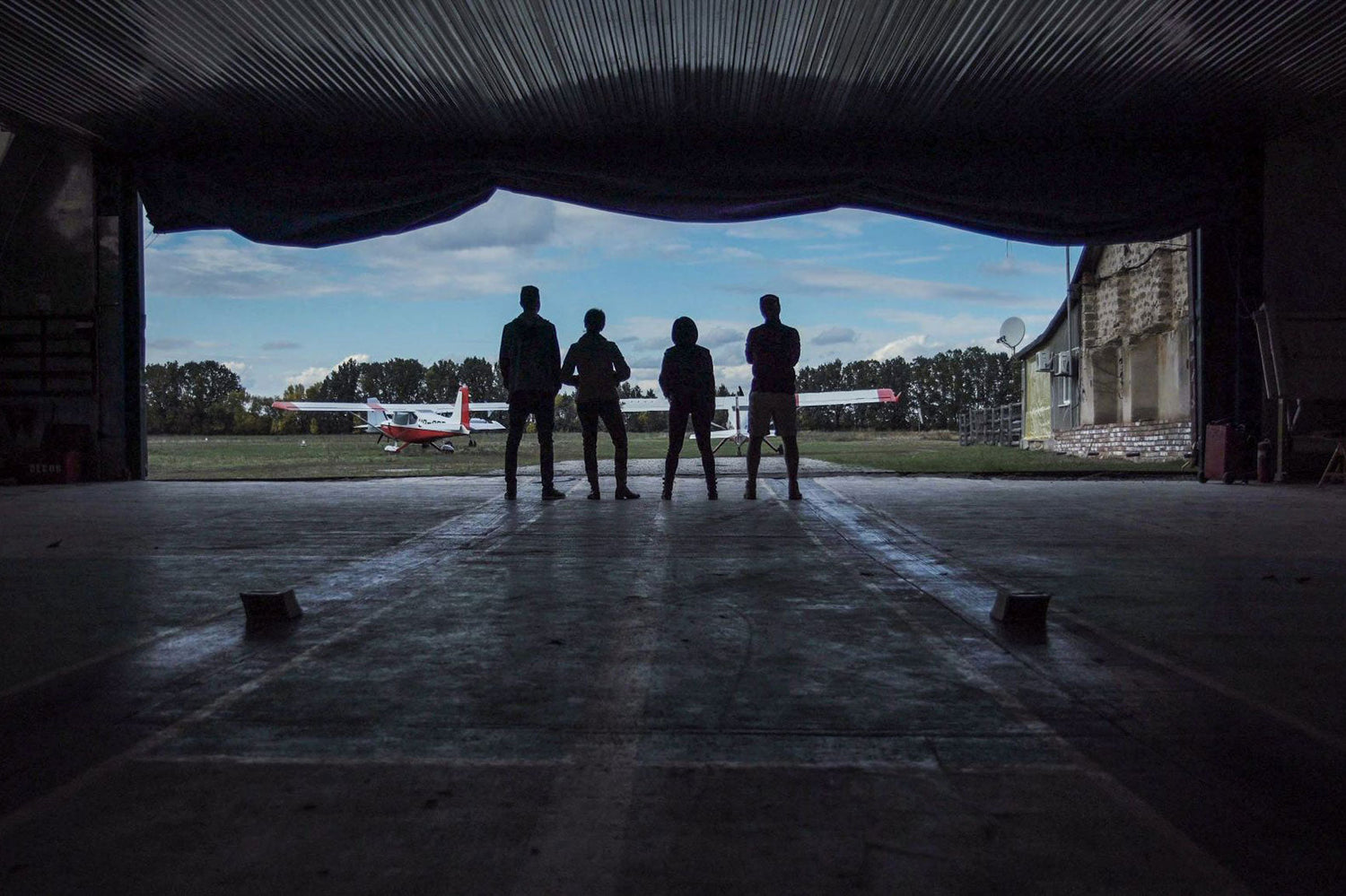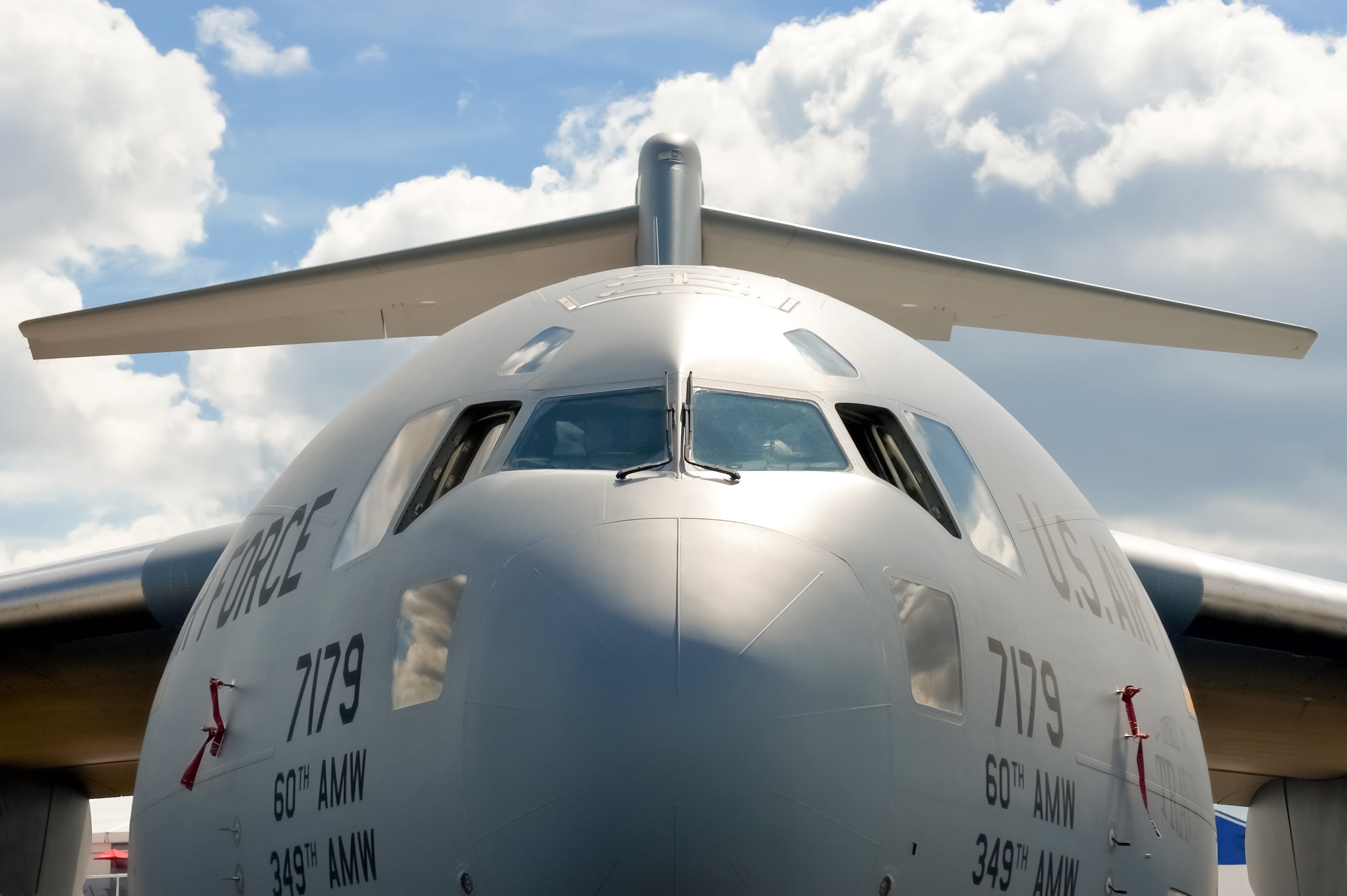Choosing a flight school is a big, often intimidating decision for the new pilot, so we've picked 5 of the most important factors to consider as you do your research. Pilots love talking about flying, and anyone who owns a flight school probably loves it even more. You'll learn the most about the flight school talking directly to the owners and instructors, so don't be afraid to show up and ask questions. In the meantime, here are 5 factors to consider:
- Type of training
- Costs
- Aircraft
- Reviews
- Your fit
1. Type of Training
Part 61 vs 141, and Career Pilot Programs
What are Part 61 and Part 141?
The regulations that govern your flight training are found in the FARs (Federal Aviation Regulations). Without going too far down the rabbit hole, Part (think chapter) 61 and Part 141 of the Aviation and Space section of the FARs lay out flight school and student requirements for training and certification. Part 141 details the operation and requirements for flight schools certificated by the FAA. Part 61 details the requirements for non-certificated flight schools and independent flight instructors.
In the end, any training program (61 or 141) is dependent on the quality of the instruction the student receives, not whether or not the school is certificated. There are although reasons someone may prefer one type of training vs the other.
Part 141: Certificated Flight Schools
Application for certification is voluntary, and the school must meet stringent requirements for personnel, equipment, maintenance and facilities. The school must also submit their training course / curriculum for approval by the FAA. Records must be kept for each student and their progress through each lesson. Students require stage checks (basically mini checkrides) to monitor their progress through each course. Once a school is approved, the certificate needs to be renewed every 2 years. Renewal is contingent on proof of high quality instruction and a minimum level of instructional activity.
Why would a school go through all this work and additional oversight by the FAA? Well, because of the stringent requirements and increased oversight, Part 141 regulations allow for reduced training requirements relative to Part 61 (private pilot requires a minimum 35 hours vs 40, and the commercial rating requires 190 hours vs 250). Many Part 141 schools can also be authorized to perform their own checkrides. Put all of this together and you can run an effective, accelerated career pilot program.
Part 61: Non-certificated Flight Schools and Independent Flight Instructors
There are a number of flight schools that aren't certificated, which operate under Part 61 of the FARs (all independent flight instructors fall under Part 61 as well). These flight schools aren't required to maintain the same oversight as a Part 141 school, but many Part 61 schools and instructors offer excellent training that easily meets or exceeds the FAA standards for certificated schools. In fact, a Part 61 flight school could be using an identical training program to a part 141 flight school, they just didn't see the need to spend the time and money to be certificated. With less oversight and regulation, there's more freedom in the training schedule which can allow an instructor to adjust the training schedule to your needs.
My take: I instructed for a handful of years at a Part 61 flight school and, in this case, I can honestly say it was a step above the 141 school I attended. As mentioned before, the quality of the instruction is what matters most.
Career Pilot Programs
If you goal is to fly for a living, and you can dedicate your time to training, a career pilot program is probably your best bet. As airline pilot hiring has been increasing over the years (2020 excluded), more and more flight schools have started offering courses structured to take you from zero time to your commercial and/or CFI certificate. Of these schools, a large number have started partnering with the airlines to provide career progression programs that take you from your flight training, to flight instructing / time building, to a regional airline, and then on to a major airline. Programs include:
- AA Cadet Academy
- United Aviate
- UPS FlightPath
- Envoy Cadet Program
- Piedmont Cadet Program
- PSA Cadet Program
- Skywest Pilot Pathway
As discussed above, these programs tend to be Part 141 schools, and many are structured to be full time. Compare the costs relative to you local flight schools, and weigh the benefits of the career progression offered when researching your training options.
*There are rumors that these career programs may not be the fastest route to your desired airline. Rumor is the major airlines don't want to interview/hire their own regional pilots ahead of the flow through date to avoid reducing their own regional pilot supply. I have no proof of this, but it's going around that the fastest way to any airline is through their competitor's flow through program. Take it as you will.
61 and 141 Summed Up
In either case, the same flight and knowledge standards apply to both types of training. Your checkride won't differ in anyway, but there are reduced hour requirements in the 141 program.
If you're looking to fly as a hobby, the reduced hour requirements aren't going to impact you much, if at all. It's extremely rare to have a student go from no experience to checkride ready in 35 hours of flight time (the national average is somewhere around 65 hours). Additionally, a Part 61 flight school is not tied to their training curriculum like a certificated school, so the flight instructor has more leeway to adjust the training to your needs.
With that said, someone looking to learn to fly as a hobby can do great at a Part 61 or 141 flight school. Be sure to talk to the schools about their curriculum as well as your availability. For example, if you can only train every other week, how might that affect the more stringent 141 training schedule? Keep in mind, a Part 141 school can also train you under Part 61.
If you're planning to get your commercial rating, or intend to fly for a specific airline, and can immerse yourself in flying, you can save some serious time and maybe even money with a career pilot program operating under the Part 141 structured course and reduced flight time requirements. Generally, part 141 schools are often most appealing to full-time career oriented students.
2. Costs
Your flight training has to fit in your budget, so the cost of the training program weighs heavily when choosing a flight school. The two biggest training costs are the flight instructor and the aircraft, and there's a lot to consider. Some considerations are personal choices, such as starting your training in a cheaper Cessna 152, and then learning to fly the fancier Cessna 172 with the Garmin G1000 after you have your license, versus biting the bullet and training in the newer, fancier plane that you intend to fly long term. Others are based on the flight school. For example, does the school plan on a one-on-one ground school with you and the instructor, or is the cost reduced with multiple students? Do they encourage or recommend a home study ground school program to save money?
When you're doing your research, make sure you understand the costs. Some flight schools, for example, rent their aircraft based on a "wet" rate while others use a "dry" rate. This is just referring to whether or not the cost of fuel is included in the rental rate. A wet rate includes fuel, a dry rate means you pay for the fuel separately.
Manage your costs, and set realistic cost expectations. Realistic expectations means over estimating the cost of training, because it always ends up being more than you plan. The minimum experience for you private pilot checkride, for example, is 40 hours, but the national average is around 65 hours. Flight schools should have relatively accurate estimates based on prior students, but plan high. .
3. Aircraft
How well are the aircraft maintained? Safety is always your number one priority. As someone new to the aviation world, it's not easy to tell if the aircraft are being properly maintained and inspected, so you're looking at the overall appearance and condition of the company, and their aircraft, as well as the attitudes of the employees. Does the school seem to make safety a priority? Is the hangar/ramp clean and safe, or are parts and equipment laying around? Is duct tape holding parts on the airplane (kidding, but seriously there shouldn't be)? Does it look like a professional, well maintained flight school?
This is where reviews and word of mouth information comes into play. Talk to former students and read reviews to see if there's a history of cutting corners or safe operations.
4. Reviews
Online reviews are great, but take time to talk to current and former students. Word of mouth is the best way to find the best flight schools. If the clients/students are excited about the flight school, they'll be sure to tell you all about it. That excitement is what you're hoping to find.
5. Your Fit
Quite possibly the most important factor in choosing a flight school (other than safety). You're spending significant amounts of money, so make sure that you're happy with the school and the instruction you're receiving.
A happy student is a motivated student, and motivated students save money. The harder you work, the more the material sticks and the less time you spend flying and paying for instruction on the ground and in the air.
Whatever the reason for your training (career or hobby) it's a huge, and often times lifelong goal. Be picky and don't just tolerate your training. You should love it, and the people you are working with!
Let's Sum it Up
Once you know what type of flight school you're looking for, make a list of the schools near you that fit your criteria. Get an idea of the different school's rates and figure out which fall into your budget. Take into account recommendations and reviews and then start visiting the flight schools. Consider taking an introductory flight with a few of them to get an idea of the flight school's and the instructor's personality, as well as the aircraft you may be flying. When you're taking these tours, get an idea of how well maintained the equipment is and ask a lot of questions. Remember, safety is always your #1 priority.
Once you've had the time to check out a few options, weigh the factors discussed here, and whatever else is important to you and make a decision.
For those who've been through the process of researching and finding a flight school, we'd love for you to pass your advice on to those starting the process now and let us know if there's anything we missed. Feel free to drop your insights in the comments!





Leave a comment
This site is protected by hCaptcha and the hCaptcha Privacy Policy and Terms of Service apply.